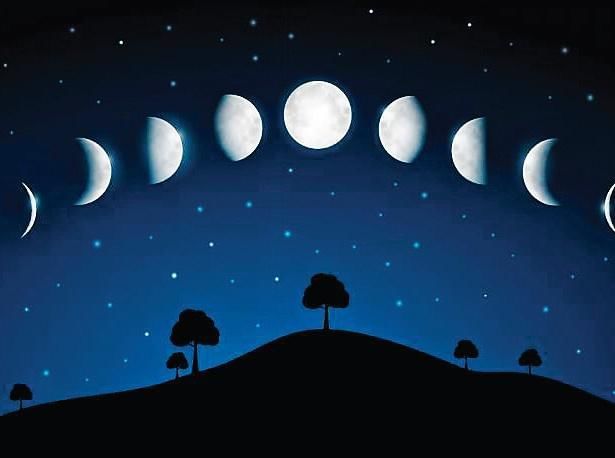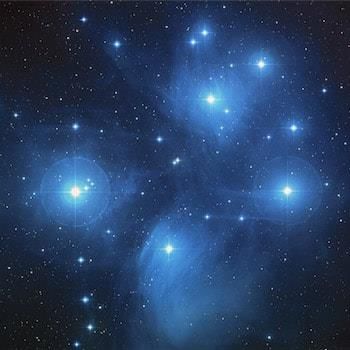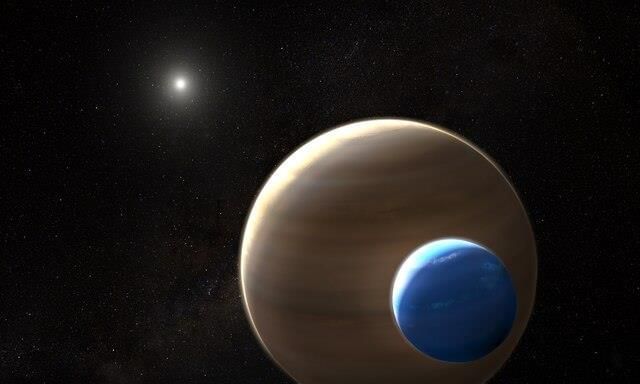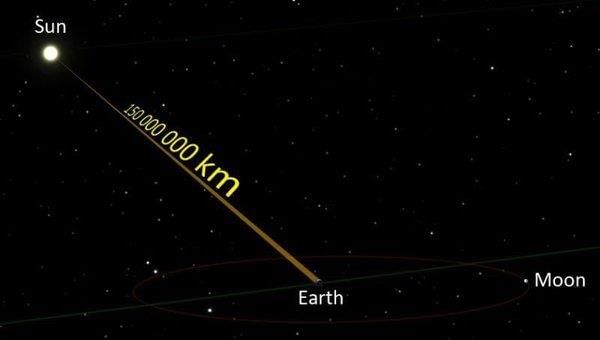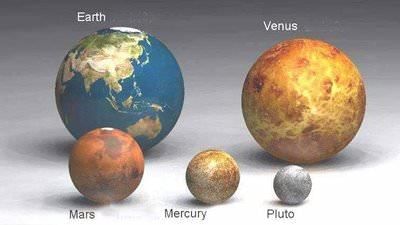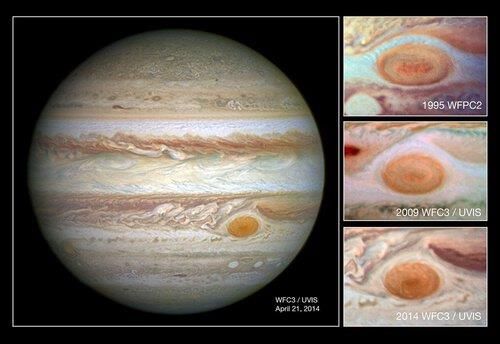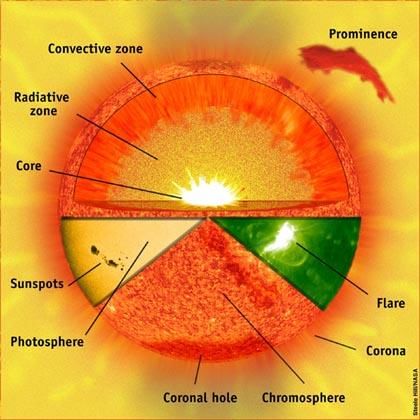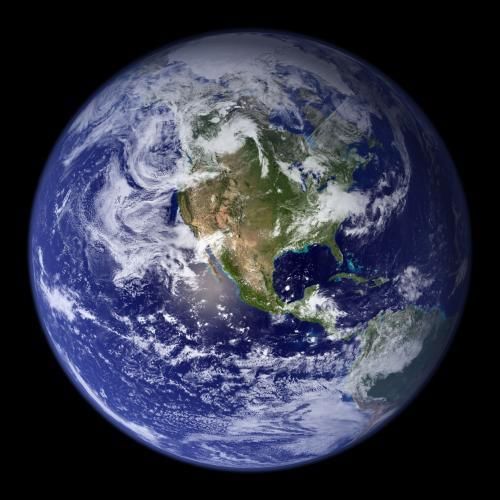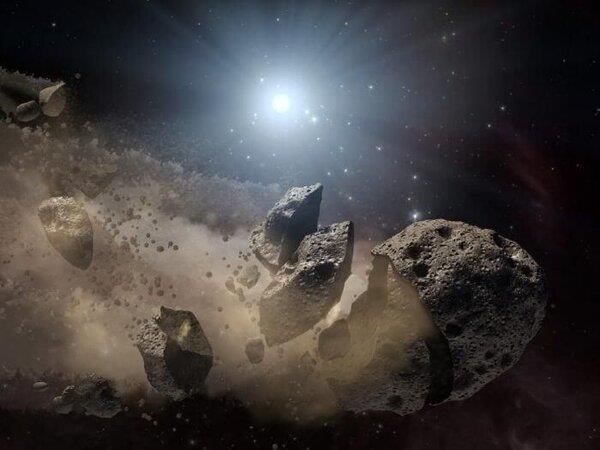|
What phenomenon is observed in the night sky when stars appear to shimmer and change brightness? |
Card: 1 / 40 |
|
The twinkling of stars is caused by atmospheric turbulence that affects the light from stars as it travels to Earth. 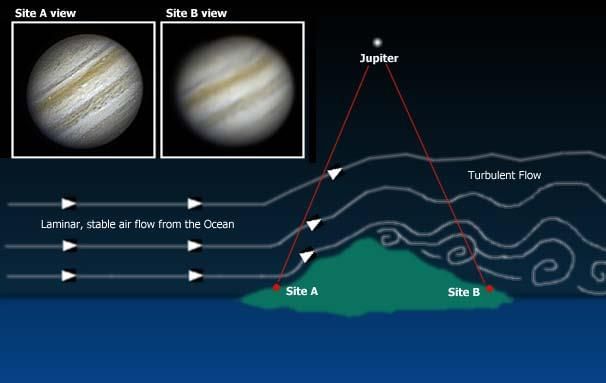 |
Card: 2 / 40 |
|
Fill in the blanks: The full moon is known as ___, and the new moon is called ___. |
Card: 3 / 40 |
|
The Pole Star indicates the north direction and remains in a fixed position in the sky, making it a reliable point for navigation. 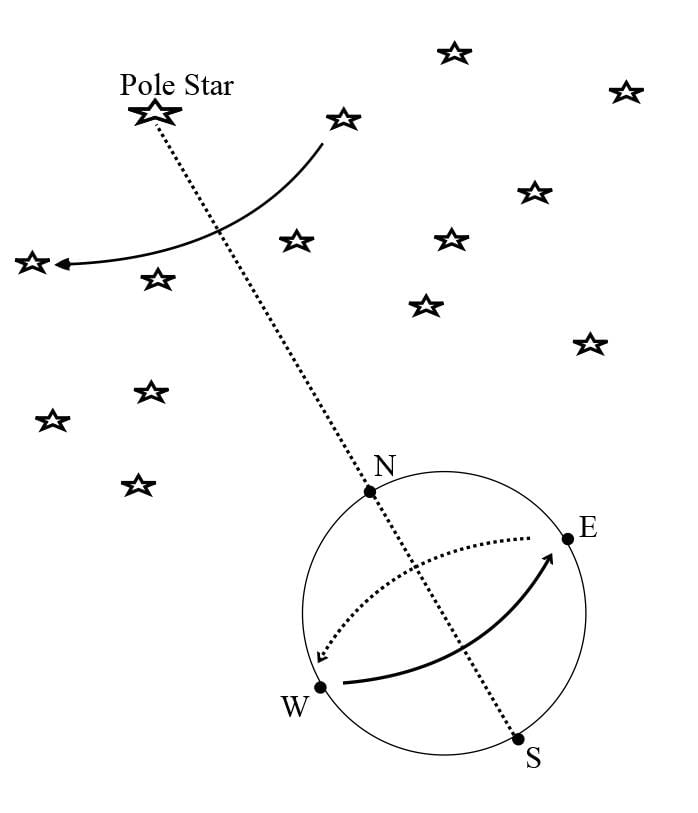 |
Card: 8 / 40 |
|
Riddle: I am a celestial body that orbits a planet and reflects light from a star. What am I? |
Card: 9 / 40 |
|
Multiple Choice: Which celestial body is considered a star? A) Earth B) Moon C) Sun D) Mars |
Card: 13 / 40 |
|
True or False: The Earth is the only planet that receives heat and light from the Sun. |
Card: 15 / 40 |
|
False; there are other planets besides Earth that also receive heat and light from the Sun. 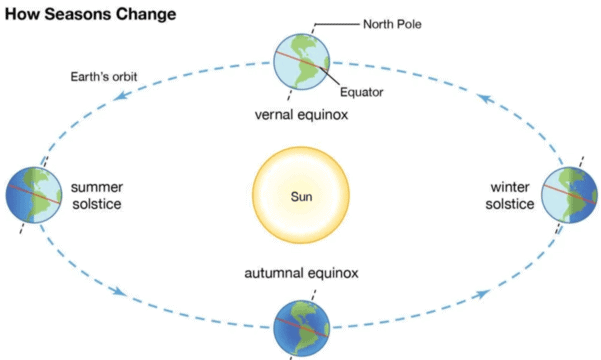 |
Card: 16 / 40 |
|
The solar system consists of the sun, eight planets, satellites, asteroids, and meteoroids. 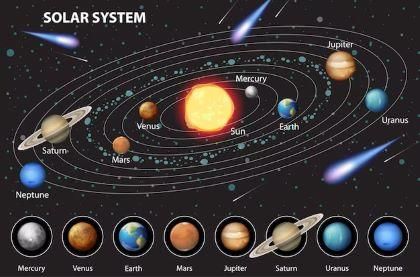 |
Card: 18 / 40 |
 Unlock all Flashcards with EduRev Infinity Plan Starting from @ ₹99 only
|
|
Riddle: I am the largest planet in the solar system, known for my Great Red Spot. What am I? |
Card: 23 / 40 |
|
Orbits are the elongated paths that planets follow as they move around the sun. 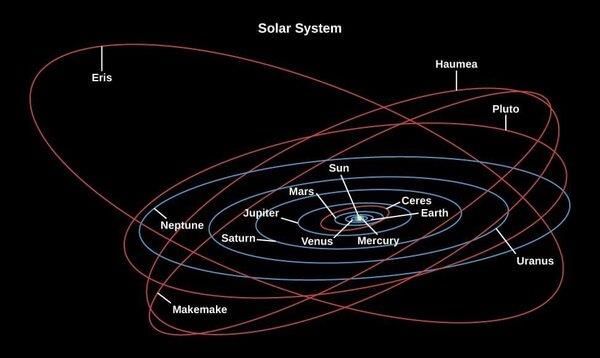 |
Card: 26 / 40 |
|
Which celestial body is the ultimate source of heat and light for the solar system? |
Card: 27 / 40 |
|
True or False: The Moon takes less time to orbit the Earth than it does to spin on its axis. |
Card: 33 / 40 |
|
False - The Moon takes the same amount of time (27 days) to both orbit the Earth and spin on its axis. |
Card: 34 / 40 |
|
Fill in the blank: The distance from the Earth to the Moon is approximately ___ km. |
Card: 37 / 40 |
|
Riddle: I am a small piece of rock flying through space, but when I enter an atmosphere and burn bright, I become a streak of light. What am I? |
Card: 39 / 40 |





